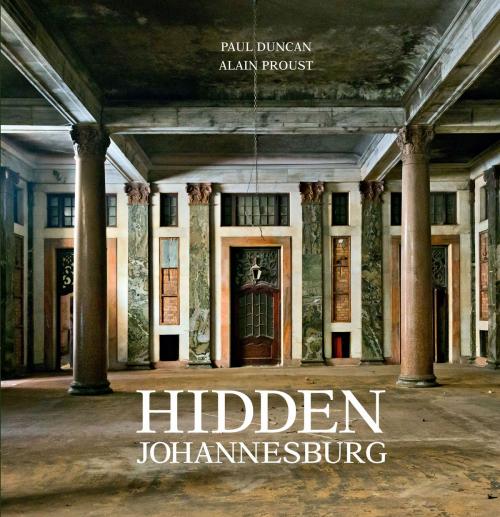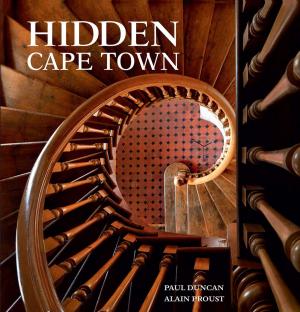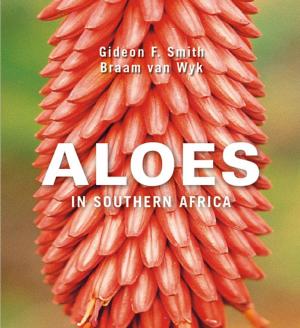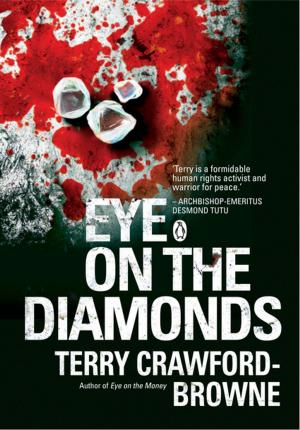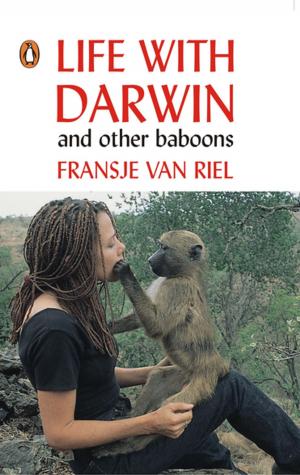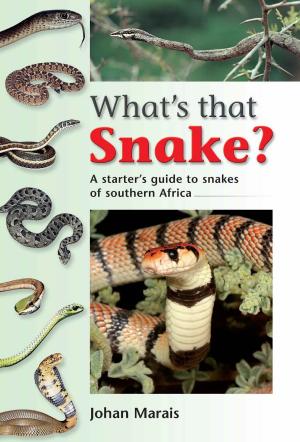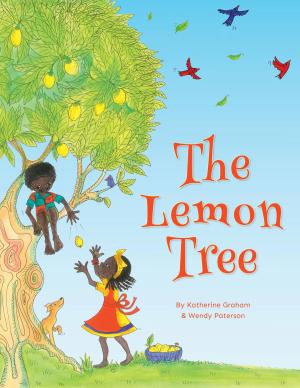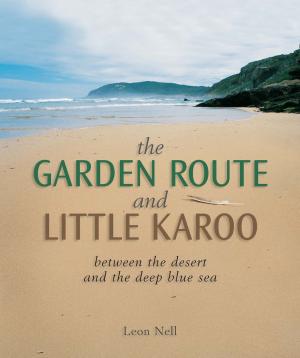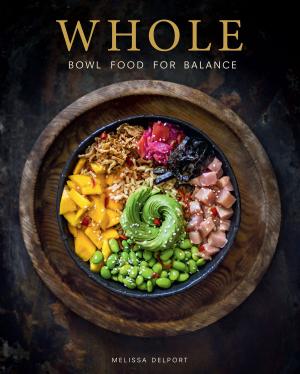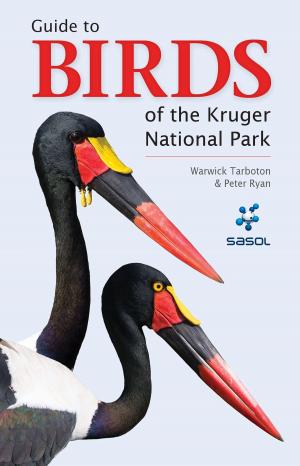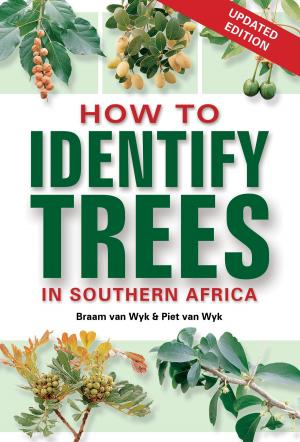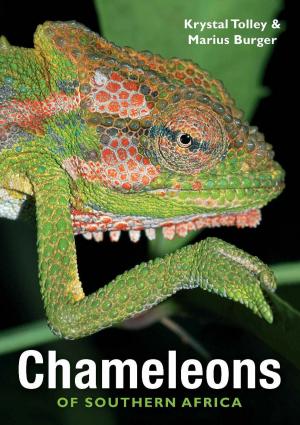Hidden Johannesburg
Nonfiction, Art & Architecture, Architecture, Public, Commercial, or Industrial Buildings, Photography| Author: | Paul Duncan | ISBN: | 9781432308162 |
| Publisher: | Penguin Random House South Africa | Publication: | October 1, 2016 |
| Imprint: | Struik Lifestyle | Language: | English |
| Author: | Paul Duncan |
| ISBN: | 9781432308162 |
| Publisher: | Penguin Random House South Africa |
| Publication: | October 1, 2016 |
| Imprint: | Struik Lifestyle |
| Language: | English |
Johannesburg: Egoli to some, Jozi to others. Once a mining town, now the most important commercial city in Africa. It’s been home to renegades and rogues, colonialists and capitalists, the dispossessed and the newly enriched. Today it’s populated by those who call themselves Africans or Afrikaners, by blacks, whites and every shade in between, and by immigrants from all over. There are suburbs where the daily rituals of Jewish culture rival New York’s; elsewhere, the tone is more Lagos than laid-back. Remnants of the colonial era stand alongside contemporary steel and glass. In a town that prides itself on the pursuit of fortune, it’s a challenge to preserve heritage, and it is against this background that Hidden Johannesburg offers a snapshot of 28 notable buildings. From the stately mansions of the Randlords to their downtown headquarters, the clubs where they socialised and the churches where they worshipped, the architecture of early Johannesburg lives on in sandstone, granite, marble and slate. But this is a city that constantly reinvents itself, and where the old is all-too-readily demolished to make way for the next ‘big thing’. Some buildings will survive, others will be consigned to memory. Hidden Johannesburg reveals fragments of the history of this vibrant city but, perhaps, the book also tells us something about our future, for if we allow our heritage to be swept away in the name of progress, are we advancing at all?
Johannesburg: Egoli to some, Jozi to others. Once a mining town, now the most important commercial city in Africa. It’s been home to renegades and rogues, colonialists and capitalists, the dispossessed and the newly enriched. Today it’s populated by those who call themselves Africans or Afrikaners, by blacks, whites and every shade in between, and by immigrants from all over. There are suburbs where the daily rituals of Jewish culture rival New York’s; elsewhere, the tone is more Lagos than laid-back. Remnants of the colonial era stand alongside contemporary steel and glass. In a town that prides itself on the pursuit of fortune, it’s a challenge to preserve heritage, and it is against this background that Hidden Johannesburg offers a snapshot of 28 notable buildings. From the stately mansions of the Randlords to their downtown headquarters, the clubs where they socialised and the churches where they worshipped, the architecture of early Johannesburg lives on in sandstone, granite, marble and slate. But this is a city that constantly reinvents itself, and where the old is all-too-readily demolished to make way for the next ‘big thing’. Some buildings will survive, others will be consigned to memory. Hidden Johannesburg reveals fragments of the history of this vibrant city but, perhaps, the book also tells us something about our future, for if we allow our heritage to be swept away in the name of progress, are we advancing at all?
